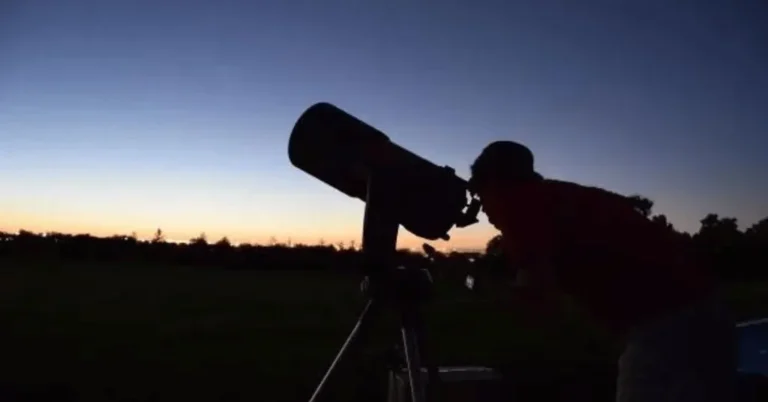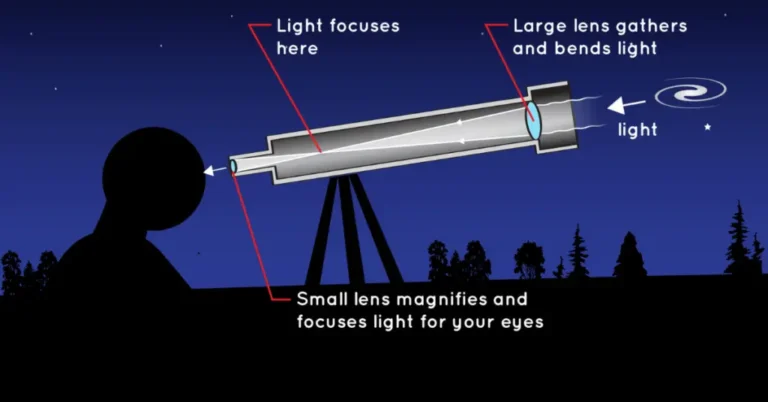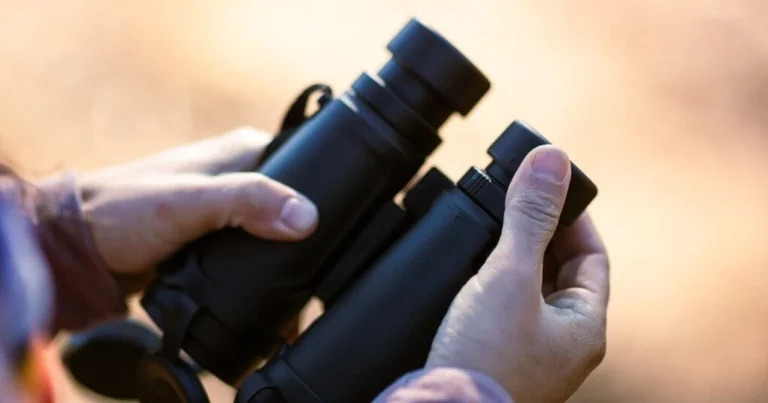A Beginner’s Guide: How To Use a Telescope To See The Moon
In this blog you are going to learn to observe the moon with the telescope if you are new to the telescope. The moon is by far the best way to get familiar with your gear, but more importantly the moon helps you build a deep appreciation for our nearest neighbour in space and on many nights the moon is so bright. That it creates enough light pollution to obscure many of the other targets you might otherwise want to observe. So if the moon is in the sky you might as well observe it.
Observing the Moon
If you just started an astronomical journey the moon is the easiest and most popular observing object. You can see the surface detail of the moon Without any optical aid. Each night you can observe the phases of the moon through its lunar month with the naked eye. Surface feature of moon like dark grey mares and white reflective highlands are easily visible without any optical addons
You can reveal the incredible features of the moon through a telescope. Because the moon is a big and bright object. You don’t need any expensive optical equipment to enjoy viewing the moon. While a small 60 mm telescope at 70x magnification can provide breathtaking views and keep you exploring the moon for hours.
As the moon rotates in its orbit around earth you can observe how sunlight strikes its surface from different angles causing it to glow or wax . craters and mountains will begin to show more when growing the shadows on the moon surface. However the best time to observe the moon surface is just a few days back in the first quarter phase.at this time the craters of the moon become more prominent from its southern region.
Choose a moon map
You can easily study the moon and identify the most prominent features of the moon with the help of a lunar map and photograph.in most cases the lunar map will show you the moon as it would appear to you naked eye or through your binoculars. With the north side up. However some telescopes provide inverted images of the moon and some even give a reversed (mirror image), Some telescopes do both. If you want to learn how telescopes work read this
If your telescope shows the moon upside down. Then just turned the lunar map upside down. While you will get a reversed view. If you are using a telescope in which the eyepiece fits into a right angle attachment called a star diagonal. In such a situation you will have to mentally flip the moon in your eyepiece to match the lunar map.
One of the best lunar maps is the sky and telescope field map of the moon. Available in both normal and mirror reversed versions.
Filter for moon
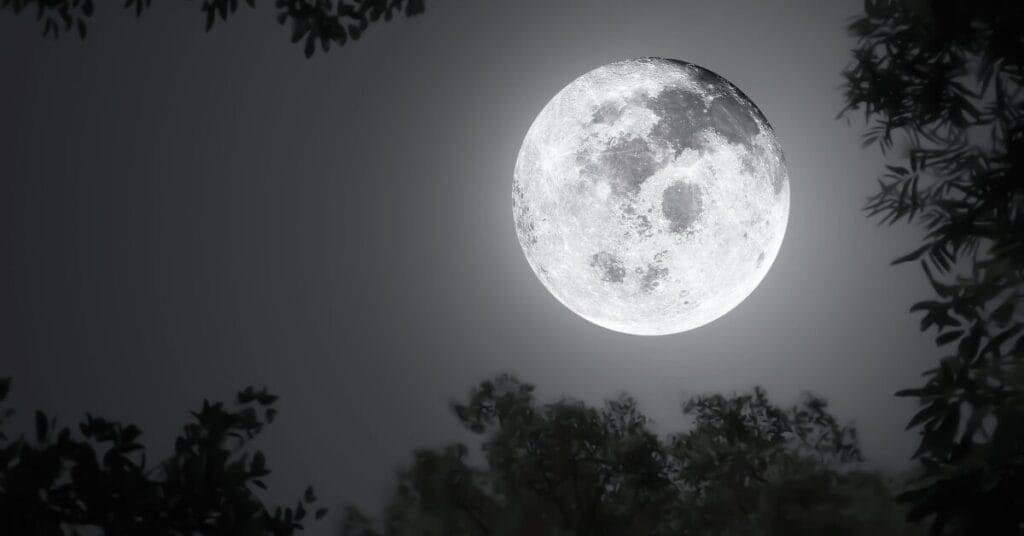
Moon is pretty bright. I don’t think you can actually hurt your eyes by looking at the moon through a telescope but it can cause a little discomfort. Also at full brightness some of the dinner detail might be washed out to address this many beginners telescopes come with a moon filter or polarising filters. These filters are sort of sunglasses for your telescope.
They generally screw into the back of an eyepiece. Because they are polarised they are really good at reducing the reflective light and increase contracts by improving the view especially of the parts of the moon.
Avoid high magnification
Generally a telescope with normal magnification is perfect for observing the moon. You don’t need high magnification to observe the surface of the moon. Because high magnification cause blurry or shaky images
Take a photo of the Moon
You can take good photos of celestial objects but you need some extra equipment that is not too expensive. You can afford it easily. Webcams are affordable for most of us. If you are amateur astronomer struggle to find best telescope for stargazing then read our guide How To Use A Telescope For Stargazing
Top Lunar Observing Targets.
Here are the top observing targets on moon surface
Montes Apenninus
It is also known as the apennine mountain range, named for the apennine mountains in italy. It formed nearly four billion years ago when the mare Imbrium basin was created. It stretches over 370 miles and includes more than 3000 peaks. The highest peak is Mons huygens . 18,000 feet measured from its base to peaks. Use a telescope to observe it.
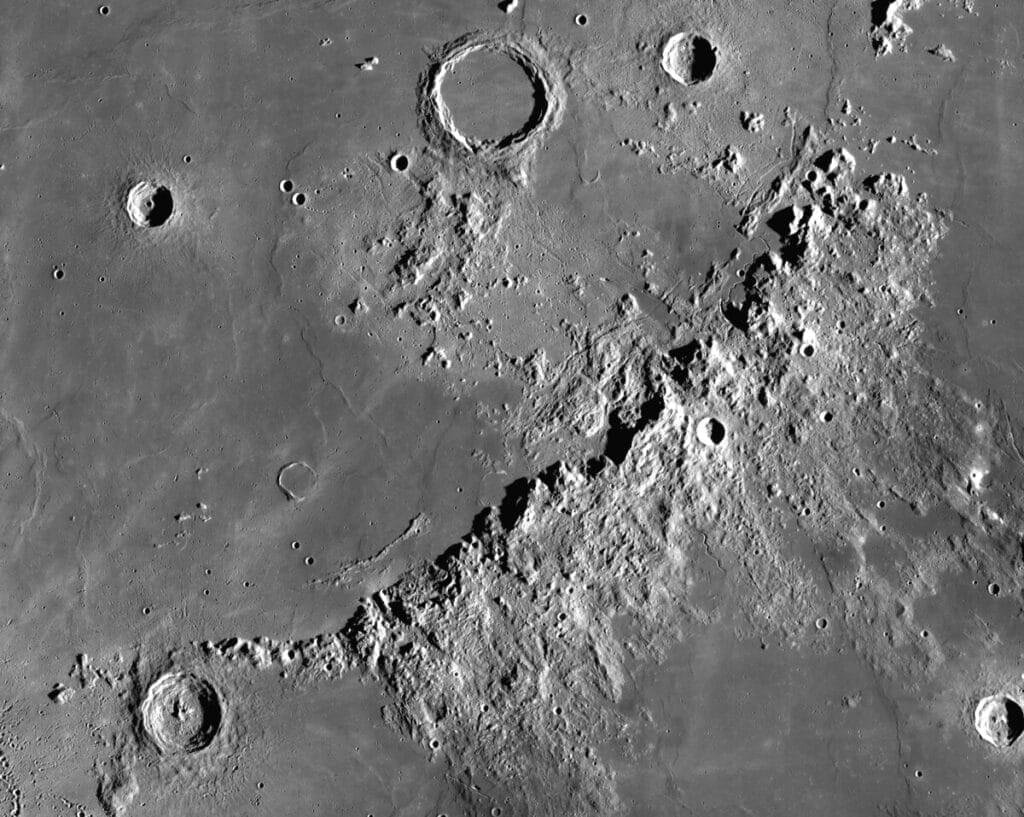
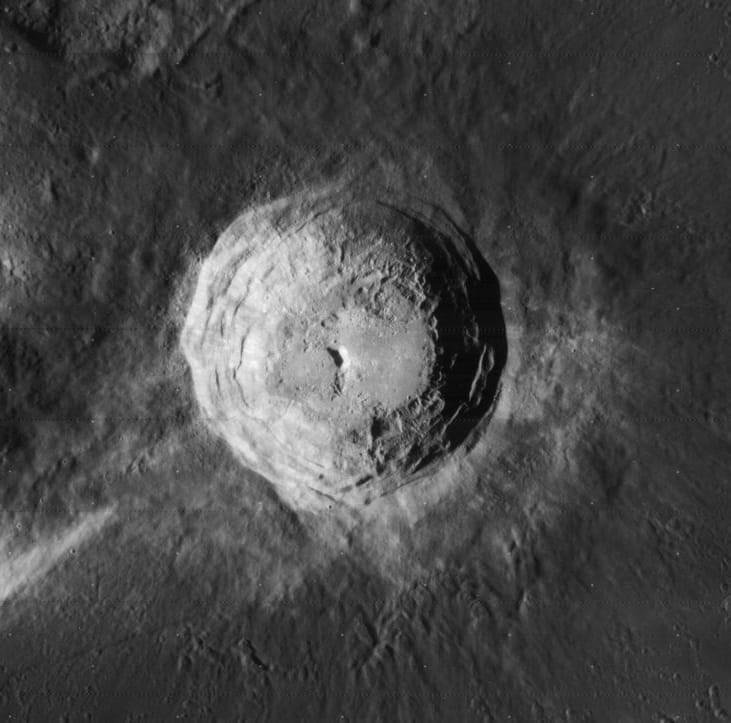
Aristarchus
It is named after Greek astronomer Aristarchus of Samos, in the northwest section of moon side it is quite a spectacular reference lunar impact crater. It is a young formation. Approximately 450 million year old . look for the largest valley of Aristarchus called Schroters valley. It shape is just like tadpole with long tail.
Clavius
It is named after Jesuit priest Christopher Clavis. It is the second largest and oldest craters on the moon surface. Located in southern highland near to the Tycho. It is over 143 miles in diameter. You can observe it through a small telescope during the first and third quarter phases. SOFIA detect water molecules specific to H2O in the floor of Clavius
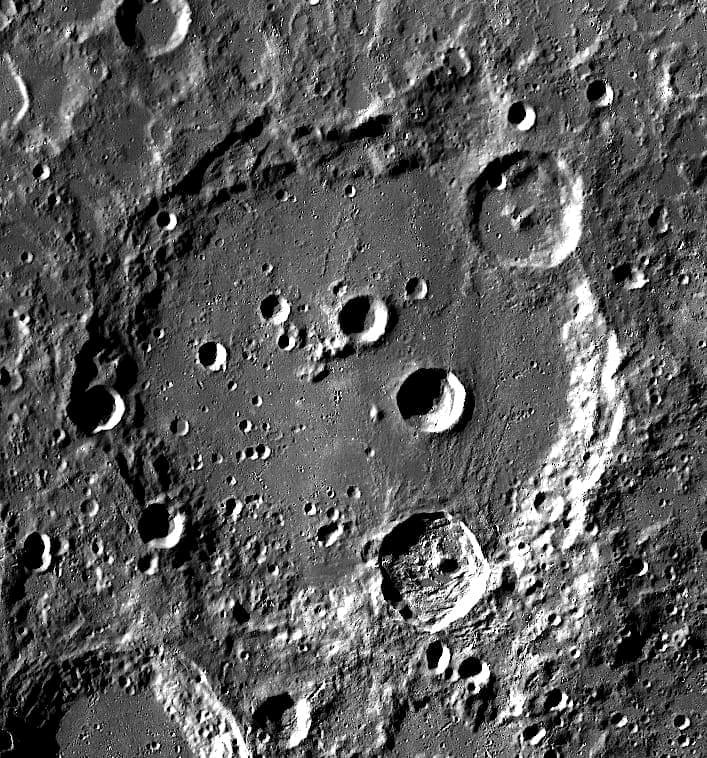
Copernicus:
It is named after astronomer Nicolaus Copernicus. Copernicus is one of the famous impact crater with a prominent light rays system extending out to 500 miles. It is 58 miles wide, with a large depth of 12,467 feet in the outer ring giving a noticeable hexagon shape. Use your binoculars to spot the crate, but a telescope can provide you a best view.
Lunar X and V
The infamous r Lunar X and V are small optical illusions on the moon. Visible only when sunlight falls on lunar topography. Lunar x is also known as the Purbach crater or Werner cross. You can observe it in the first quarter between the termiter of La Caille, Purbach, and Blanchinus.it paper when the sun rises in these regions for a short time of four hours. Lunar V is present north in the Mare Vaporum region and from letter V
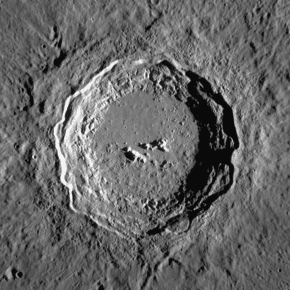
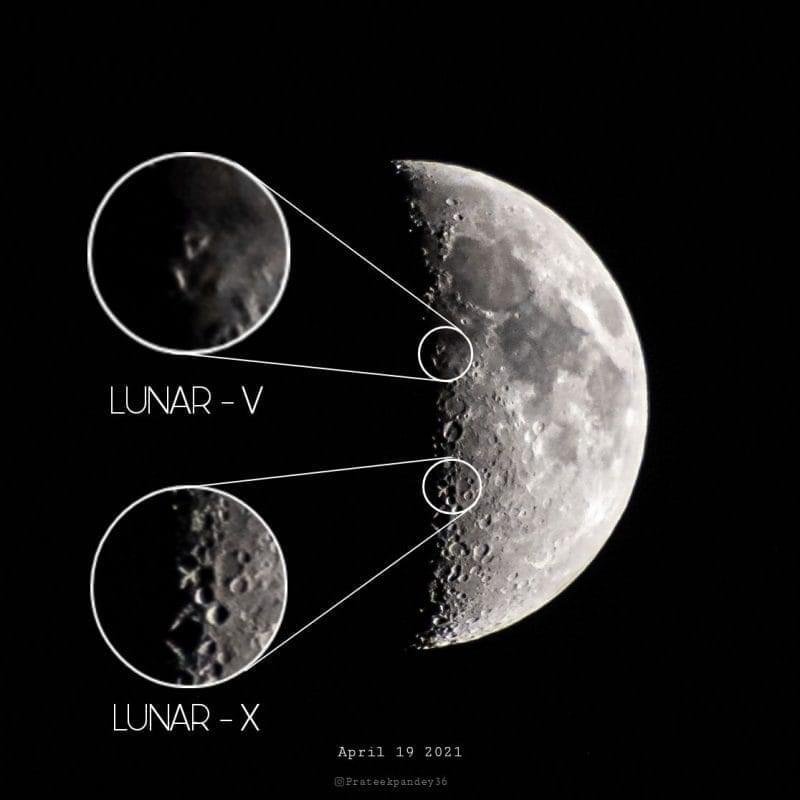
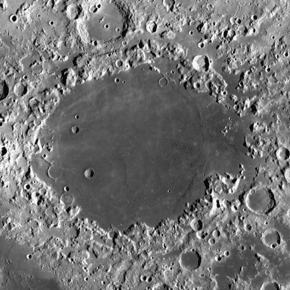
Mare Crisium
In English the sea of Crises is a large 345 mile wide impact of an asteroid on the moon , located northeast of Mare Tranquillitatis (Sea of tranquillity). It is visible through binocular but better observe in telescope
Petavius
It is known as Clock Crater . Petavius is an unusual double walled impact on the surface of the moon near the southeastern side. You can observe this new moon.of few days. It has a straight long Rille called Rimae Petavius.
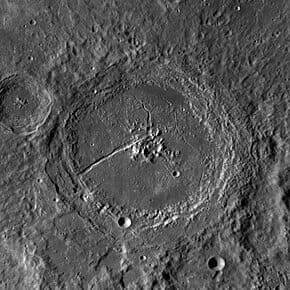
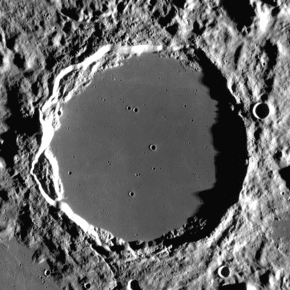
Plato
Plato is named after Greek Philosopher Plato. You can observe this approximately 68 miles lava filled crater near the upper northern section of the moon. It has one of the darkest and smoothest crater floors. Johannes Hevelius, a Polish astronomer called it the greater Blake lake . use 100x magnification telescope to observe triangular section
Rupes Recta ( Straight wall)
Formally known as rupes recta, or in latin Straight Cliff. It is a large-scale linear surface of 62 miles long, 1.2 to 1.8 miles wide and 787 to 984 feet in height. It is a perfect target for small telescopes appearing as a small black line at the floor of Nubium a day or two after the first quarter.
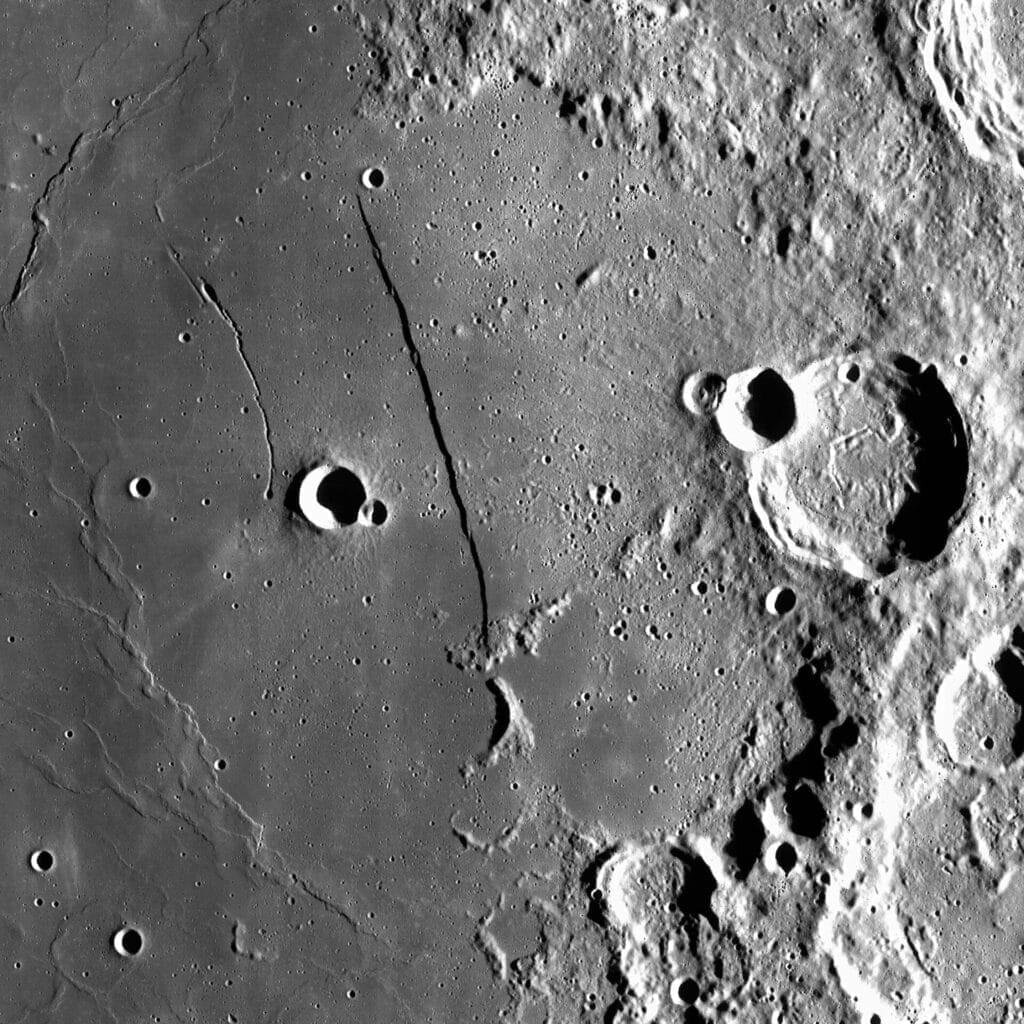
Schiller
It is an infamous shoe-print shaped crater located at the southwestern edge of the moon. An are known for highly engrossed impact craters. Schiller is about 112 miles long. Due to its shape it will be the best target for telescopes.
Sinus Iridum
It is an asteroid impact crater shaped like the letter “C” which merges into lava called mare Imbrium. In latin it is known as Bay of Rainbows. It is located on the moon’s edge and spans nearly 250 miles. Montes Jura are mountains present on the semicircular of Sinus Iridum.
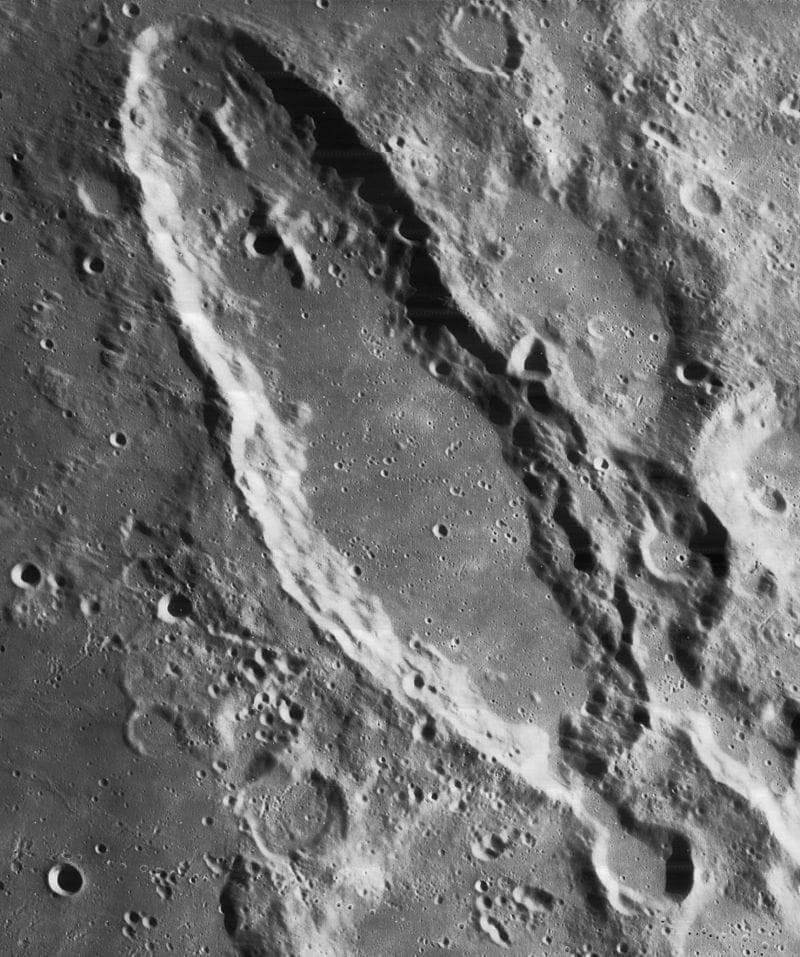
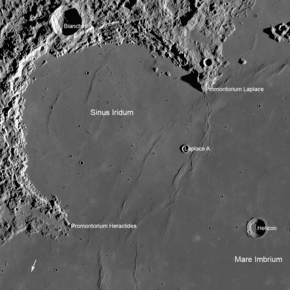
Tycho
Named after the astronomer tycho Brahe, tycho is a younger crater which formed nearly 108 million years ago and it is one of the most prominent craters on the surface of the moon. It is very noticeable as a button on the moon’s surface. It is located on the southern highlands. A triangular mountain of a mile is present inside the crater.
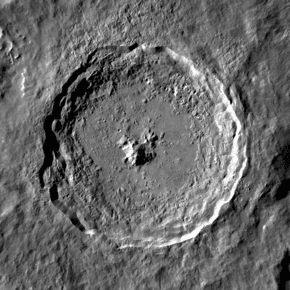
Top Moon terms you need to know
Earthshine
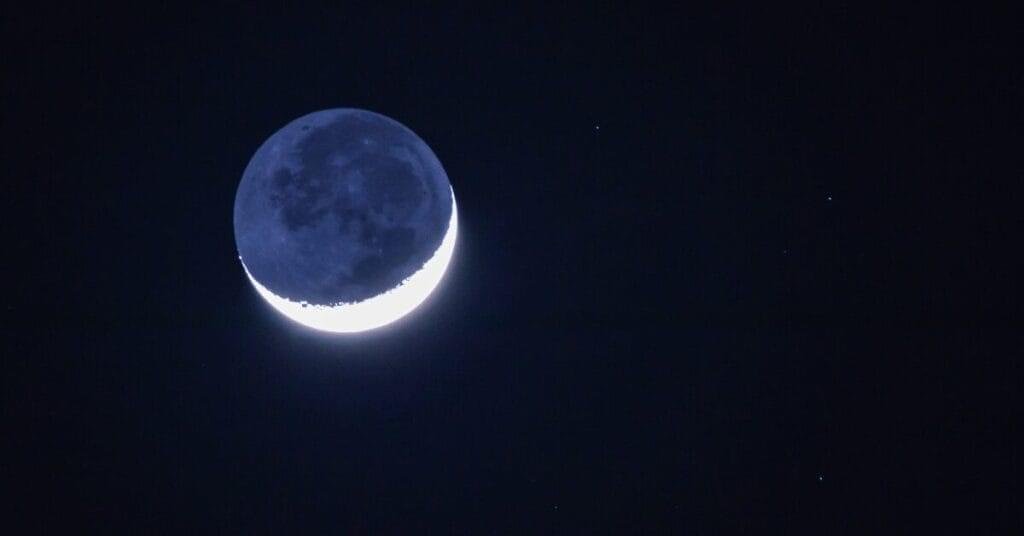
Earthshine occurs when light is reflected from the earth onto the moon and then reflected back to the earth. This dim light of earthshine faintly illuminates the night side of the moon, revealing some of its surface marking. You can observe it on the new moon, during its waxing or waning crescent stages.
Lunar Halo
A lunar halo occurs when moon light is refracting through a dew particle in air at high altitude. This phenomenon can occur at any time and makes a 22 degree circle around the moon. According to folklore, a ring around the moon is a sign of rain. You can observe this with your naked eyes.
Lunar occultation and lunar conjugation
A lunar occlusion occurs when the moon passes in front of distant brighter celestial objects such as planets, stars. And lunar conjugation occurs when the moon comes close to brighter objects like planets and stars. This usually occurs in evening or morning sky, a famous conjugation occurred back in 2008 when the Jupiter, moon, and venus come together form form a smiley, or sad face according to your location
Moon illusion
It appears much larger when it is close to the horizon this phenomenon is called moon illusion. You usually watch the yellow orange moon rising above distant mountains, buildings, monuments and treetops. But why does the moon look bigger?
One popular theory is that it looks bigger because there are tiny land objects around to compare it with. When the moon is high there is nothing except stars to compare with it. According to psychology It is just an imagination trick. Next time take several photos when the moon is rising and compare it with images of the moon higher in the sky. You can see by yourself that the moon is the same size in both images.
Phases of the Moon
The moon is rotating around the earth. Sunlight hits different parts of the moon giving different shapes. The moon goes through a cycle of phases from new moon to full moon and back to new moon. This cycle completes in approximately 29.5 days. The entire cycle can be divided into 8 phases.
- New Moon: it is not visible because the moon is between the sun and earth.
- Waxing Crescent: Seen as a thin crescent of light and starts to move away from the sun.
- First Quarter: the moon continue to grow ti it half
- Waxing Gibbous: The moon becomes bigger and bigger and appears as somewhere between the first quarter and full moon.
- Full moon: the moon is completely bright because it is aligned opposite to the sun.
- Waning Gibbous: the brite surface of moon begin to shrink and it appear somewhere between third quarter and full moon
- Third Quarter: The brighten surface continue to shrink and appear as a half
- Waning Crescent: a\A faint arc of light, appears before dawn, nearing the sun.
Faqs
What kind of telescope is best for viewing the Moon?
A small refractor or reflector telescope works great. You don’t need a huge or expensive model to enjoy lunar views.
Do I need any special filters to look at the Moon?
A Moon filter helps reduce brightness and glare. It makes details like craters and ridges easier to see.
When is the best time to see the Moon through a telescope?
The best time is during the first or last quarter phase. Shadows from sunlight highlight surface details like mountains and valleys.
How do I focus a telescope on the Moon?
Point the telescope at the Moon, then turn the focus knob slowly. Adjust until the surface looks sharp and clear.
Can I take pictures of the Moon through my telescope?
Yes! You can use a smartphone adapter or DSLR camera. Just keep the telescope steady and use a short exposure time.



